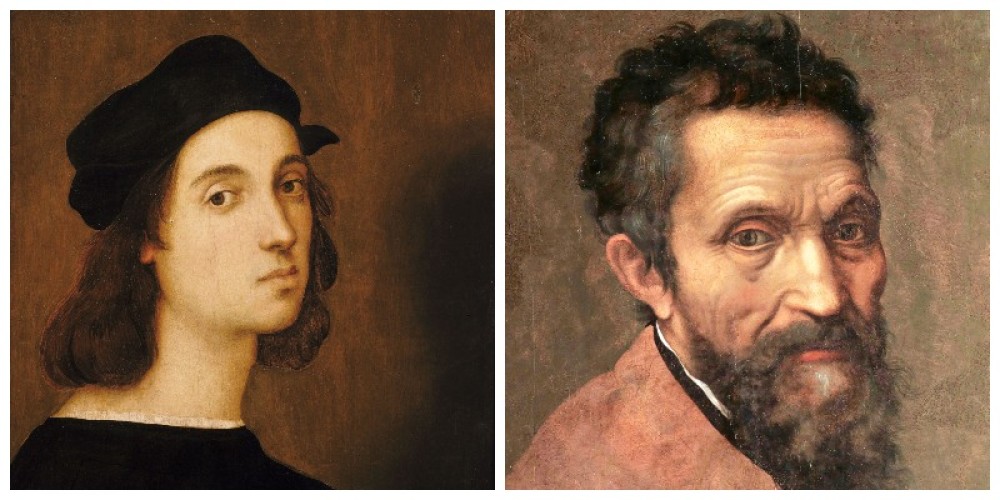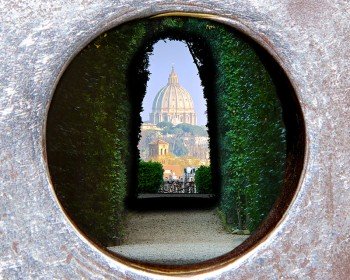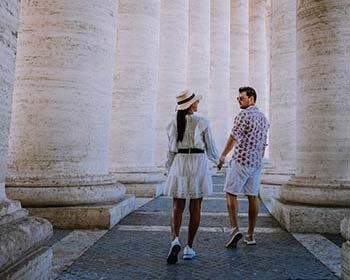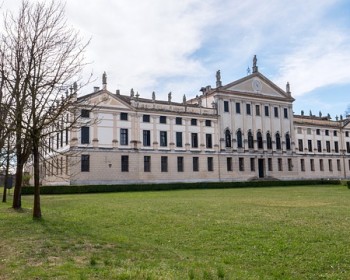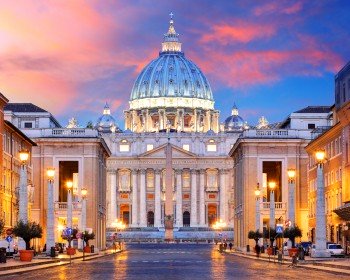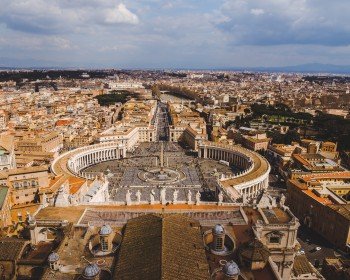In 1508, Pope Julius II commissioned the then 26-year-old Raphael to paint frescoes in his private library, he had won the commission despite competition from masters such as Leonardo da Vinci and Michelangelo Buonarotti. His works earned him great reviews that portrayed him as superior to Michelangelo in coloring and painting in general.
Michelangelo lost several commissions to Raphael when an ambassador erroneously made the announcement that the Sistine Chapel was to be painted by him. This led to a resentment that kept growing as Raphael kept getting rave reviews of his works of art.
During the same year, Buonarotti was also commissioned by the Pope to paint the ceiling of the Sistine Chapel and his resistant attitude about painting placed Raphael, instead of himself, at the highest favor of Pope Julius II.
Despite bearing Michelangelo’s negative reactions to his success, the young Raphael maintained a vivid interest in his artwork and arranged a secret visit to the Sistine Chapel with the help of Bramante, the architect commissioned by Pope Julius the II to build the new Saint Peter’s Basilica. Young Raphael made this choice so that he could admire the work which was at the time off limits by order of the artist himself. After being greatly inspired by the ceiling frescoes he secretly visited, Raphael decided to pay tribute to Michelangelo by portraying him as Heraclitus in the “School of Athens”, as if to match him to the legendary bad temper and competitive nature of the “The Weeping Philosopher”. In recent times, some art historians argue that the figure is not meant to resemble Michelangelo but simply to emulate the powerful style he depicted his prophets and sibyls in while painting the Sistine frescoes. This is theory is mentioned in the book Yale University’s book Raphael written by Nicholas Perry and Roger Jones. The “School of Athens” also features Bramante as Archimedes as well as the young Raphael himself standing next to Zoroaster.
While Raphael’s affable, life loving personality earned him the support of Pope Leo X, humanists and poets, among many others, Michelangelo’s self-imposed isolation and sultry attitude created tensions.
Despite their rivalry, when Johannes Goritz of Luxemburg, Head Chancellor of the Papal Court requested Michelangelo’s estimation of the value of Raphael’s “The Prophet Isaiah” painting, since he considered the price too high, he received an unexpected reply. Upon analyzing the painting, Michelangelo explained to him that it was worth the price simply for the knee alone. This shows that, despite resenting Raphael’s success, Michelangelo too admired his skill.
One of Raphael’s last paintings, “The Transfiguration”, depicting Christ surrounded by an aura of light while floating on Mount Tabor as well as the miracle of the possessed boy shows characters that have imposing bodies with detailed muscles as influenced by Michelangelo’s splendid Sistine Chapel finishes.
It is undeniable that both artists were geniuses whose timeless masterpieces will inspire generations to come but it is also fascinating to learn that they too were human and that, ultimately, their rivalry influenced their artistic as well as their personal evolution.
Visiting the Vatican Museums gives you a chance to walk in their footsteps, explore their masterpieces and learn more about their rivalry.
Might interest you:
